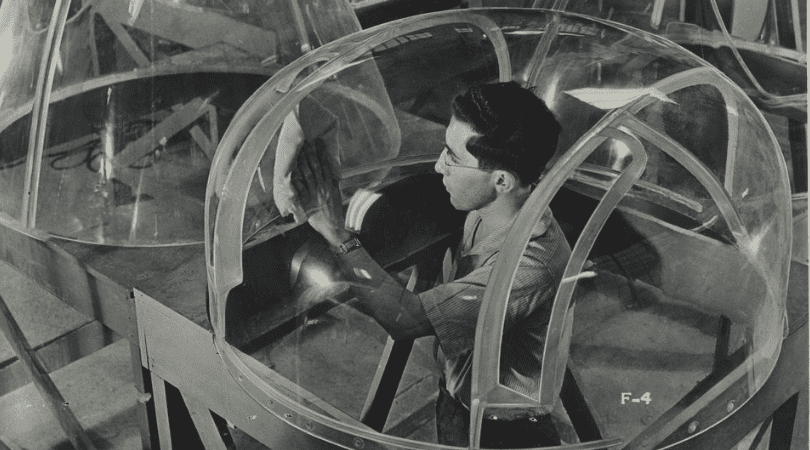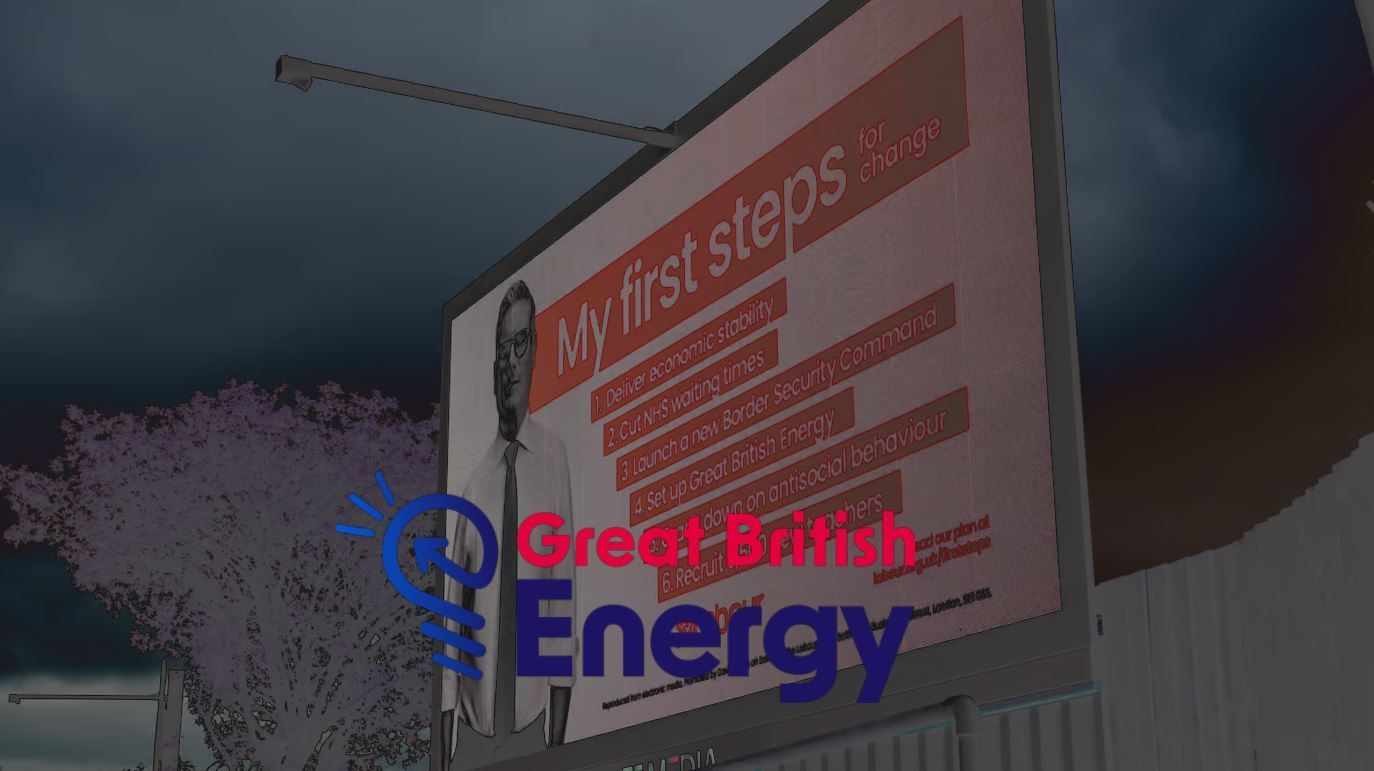Perspex in London's Design Landscape
In the midst of London's vibrant cityscape...
In the midst of London's vibrant cityscape, Perspex has left an indelible mark. From its humble beginnings to its innovative applications in art and architecture, the story of Perspex in London is as multifaceted as the material itself. This article delves into the intriguing history of Perspex in London, tracing its origins, significant milestones, and enduring legacy.
Origins of Perspex:
In the 1920s, a team of innovators developed Perspex, a revolutionary material made from acrylic, a lightweight and shatter-resistant alternative to glass. Its durability, versatility, and transparency made it a popular choice for a wide range of applications. The first production of Perspex aircraft canopies in 1933 marked a significant milestone in its history.
The Role of Perspex in London:
In London, Perspex found its place in various sectors. Its use in aircraft during World War II, particularly in the construction of aircraft canopies, was a testament to its resilience and reliability. Moreover, the material's ability to be molded into various shapes made it a favorite among designers and artists. The acrylic composition of Perspex also made it an ideal choice for creating intricate designs and patterns.
The Art of Perspex:
The versatility of Perspex made it a favorite among artists and designers. In the post-war period, artists like Leigh Bowery used Perspex to create avant-garde fashion pieces, pushing the boundaries of traditional design. Furthermore, the material's transparency and ability to be colored allowed for unique artistic expressions, contributing to London's vibrant art scene.
Architectural Applications:
The use of Perspex in architecture further showcased its versatility. The material was used in the construction of St Katharine Docks in the early 19th century, where it was used in a giant perspex block carving. This marked the beginning of its use in larger-scale architectural projects. The acrylic composition of Perspex also made it an ideal choice for creating sleek and modern architectural designs.
Enduring Legacy:
Today, Perspex continues to be an integral part of London's landscape. Its use in the construction of the London 2012 Olympic venues, for example, demonstrated its ongoing relevance in modern architecture. Moreover, the material's ability to be recycled has made it a sustainable choice, aligning with London's commitment to environmental responsibility.
From its early applications in aircraft to its role in London's art and architecture, the history of Perspex in London is a testament to the material's enduring appeal and versatility. As we look to the future, it's clear that Perspex will continue to play a significant role in shaping London's landscape and artistic expression.











